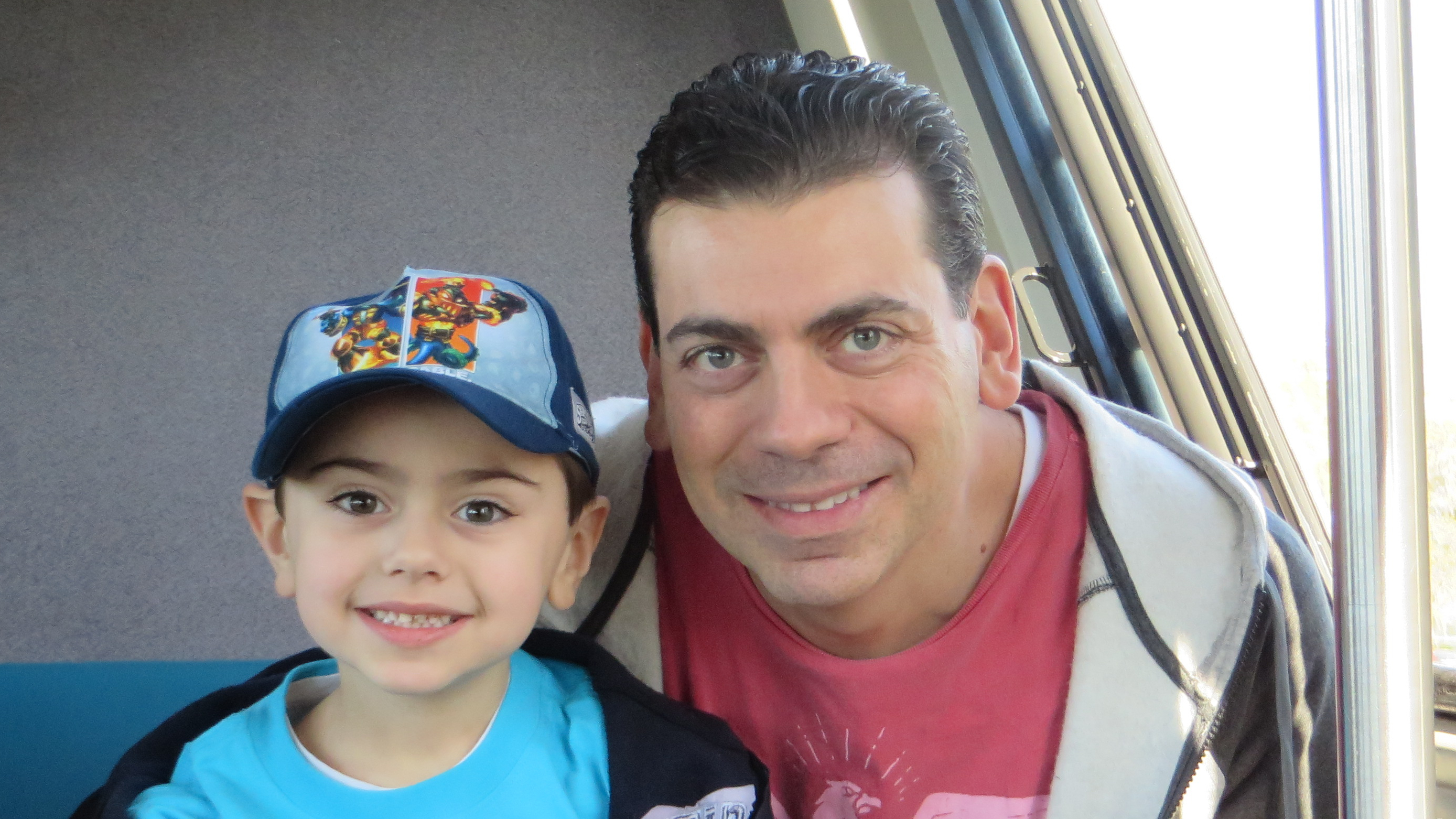How do you make decisions?
Are you driving your team crazy by changing directions all the time?
It’s likely you follow a decision-making model—whether you know it consciously or not.
I say that from experience. I’d been using a decision-making model to guide my choices all along—the OODA Loop—and I wasn’t aware it existed.
Once I realized I was using the OODA Loop model, I became a more effective leader for one reason: my team understood where I was coming from when I made decisions.
But before I elaborate, here’s how it came to be an important tool in my leadership repertoire.
Back When I Knew Everything
Early in my career and as a freshly minted college graduate, I assumed management wasn’t as competent as they should be.
My logic was straightforward: If they knew what they were doing, things wouldn’t change so often. But my work and priorities were moving targets. The changes were so quick and pronounced; I wondered whether upper management had any clue as to what they were doing. I mean, managers are supposed to look at the bigger picture and have a clear-cut plan in place to help the business meet their goals. Right?
Experience and Education Are Great Teachers
I’ve spent the past 15 years learning how to make better decisions and continue to do so. I’ve read an enormous amount of materials and studied subjects such as game theory, heuristics, and cognitive and motivational biases while at Columbia Business School. But most importantly, I’ve learned from my own mistakes as a manager and a leader.
Looking back, I realize that management wasn’t nearly as irrational as I imagined. They had more information at their disposal than I did when making decisions. And unfortunately, they didn’t have the time or forum to express why they made the choices they did – most don’t.
My (novice) perception was incorrect.
Then I Discovered The OODA Loop
A few years back, I was speaking with a senior-level executive about managerial decision making. I described how I make decisions in fast-paced environments, and he said that my approach sounded like the OODA Loop. It’s the first time I came across the term.
U.S. Air Force Colonel John Boyd, a military strategist, came up with it—a decision-making model that centers on making an Observation, Orienting your mind appropriately, Deciding on what to do next, and Acting on those decisions. It’s called a “loop” because you’re exposed to new information at each step of the way — information you can leverage to change your approach. And then, the cycle repeats itself.
It’s the “disruptor’s handbook.”
I recognized that the OODA Loop had applications outside of combat. Many many managers were already following a similar model (at least a bit) without knowing it.
Beware The Flip Flopper Perception
While agility is paramount in the OODA Loop, changing decisions and direction often has it’s downside to those your manage.
In fast-paced environments, managers have to make decisions quickly, and they don’t have enough time to explain every variable that influenced their choices. Unfortunately, this kind of decision-making can lead staff members to believe that the person leading them is indecisive, lacks a vision and a long-term plan.
If you find yourself in that situation, it’s critical that you don’t leave anyone in the dark when you make decisions that aren’t obvious. The more information you provide your staff, the more likely they’ll give you the benefit of the doubt when you change directions quickly.
Employees won’t always agree with their managers; they just want to be sure that leaders consider all inputs (both internal and external) and have a process through which they make decisions.
Let Staff Understand YOUR Process
In meetings, I give my team an overview of a situation we’re dealing with and offer my opinions (based on the information I have at the time). I solicit feedback and go onto to say “there’s a good chance we’ll have to change course two months in because new information will have come to light.”
Having those types of conversations has helped my teams understand that an OODA-like process was in place. If we had to abruptly change course in the near future, staff members wouldn’t lose all their faith in leadership.
It’s impossible for you to explain the nuances of every decision you make – I’m not advising that here. However, it’s imperative that the people you lead understand and gain appreciation for your method and model as it relates to making decisions.
Remember, it’s okay if your team members don’t agree with every decision you make. But it’s essential that they understand it was made thoughtfully.
By exposing your team to the process through which you make decisions—and being agile enough to change directions quickly—you’ll squash any perception that management is an incompetent bunch of flip floppers.
ABOUT THE AUTHOR:
Michael Iacona has 20+ years’ cross-industry experience within large multinational companies, works with start-ups and earned dual Masters degrees – an MBA from Columbia Business School and an MS in Information Systems from Pace University. Having built, led and managed small and large teams, Michael continual evolves his management style. He leads by example and fosters open communication and enjoys coaching team members, capitalizing on their unique talents.










